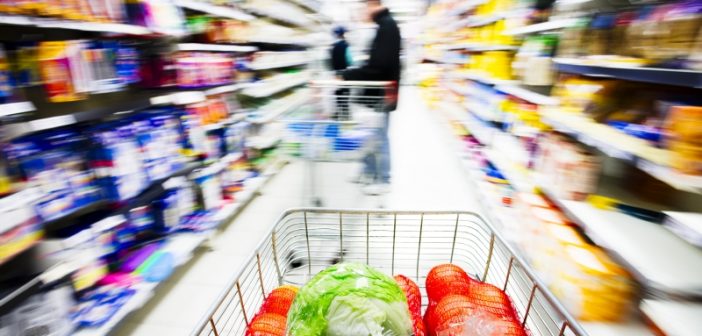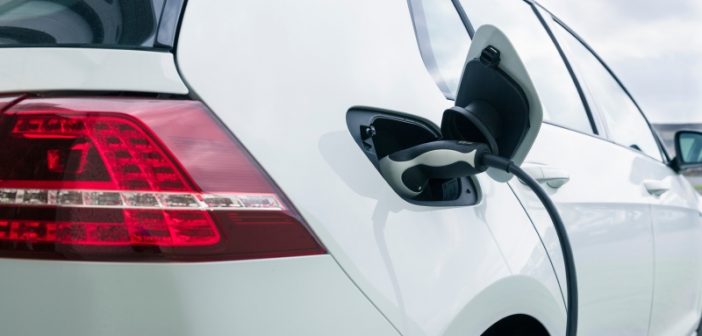Why do you visit your local petrol station forecourt? Well, probably one reason is to buy fuel for your car, but there is no question that forecourts have changed. Twenty or thirty years ago, you would (more or less) only have been able to buy fuel, plus oil or bulbs for your headlights. Now? Partnerships with major supermarkets and retail chains mean that most petrol station forecourts are also mini-supermarkets and convenience stores, where you can buy milk, bread, microwave meals and a wide range of other goods.
This move into partnership with supermarkets has once again enabled fuel companies to differentiate themselves from their competitors. If you want M&S goods, you will go to the local BP station for your fuel. A Tesco ready meal? You’ll want the Esso garage. Now that fuel is very much a commodity, distinguished only by price, and then not by much, the fuel companies need another way to attract us. It has worked, for a while, not least because it has provided a reason not to have to go to out-of-town supermarkets to pick up milk “and just refuel while we’re there…”.
Moving swiftly on…
The times, though, are a-changing again.
A number of European countries have announced an end to petrol- and diesel-fuelled cars. Only electric vehicles will be available within a fairly short number of years. The self-driving car is also becoming a reality. Self-driving electric vehicles will surely signal the end of the forecourt as we know it.
Fuel companies have (so far) been reluctant to install electric vehicle charging points, perhaps because these are generally freely available elsewhere. However, as a number of companies start to require payment for use of vehicle charging points, this may become more attractive. It is certainly likely to become more attractive at motorway service stations.
But this, too, will require changes to the way that forecourts operate. The current model (fuel, grab groceries if necessary, pay, and leave) will be replaced by one where customers have to wait for their car to charge. Even high-speed charging points will take longer than the few minutes required to fill up your car now. Forecourts will need something to keep customers entertained in the meantime, or they will once again see themselves out-competed by supermarkets and other retailers.
Predictions for what exactly might be included abound. Cafes are an obvious option, as is moving into the ‘click and collect’ market. Having space for farmers’ markets and the like may be profitable. Perhaps more retail opportunities would help? All these options share two common features: The fuelling is secondary, and the markets are already very competitive. Moving early may be profitable to ensure that customers have already developed habits of relying on their local fuelling station for other purchases. Fuel companies also need to move with the times on payment options. Mobile payments are rapidly gaining ground elsewhere in retail, and customer expectations are moving on.
Understanding customers and making predictions
Predicting the future reliably is a challenge, making it harder to make the right strategic call on future directions, especially where the market is so unclear. There are a number of ways in which the motoring industry could jump. Analytics technology, however, may be able to help.
Analytics offers potential to study customer behaviour in more detail, and use predictive models to suggest how it might change in future, in response to electric and self-driving vehicles. It is already making big differences to retail — for example, the use of GPS and beacon technology to provide offers at the point of sale, or as a customer is passing the shop — and is likely to offer similar potential in fuel sales.
Study #CustomerBehaviour and use predictive models in response to electric and self-driving vehicles. #analytics Click To TweetAnalytics may also be useful to help fuel companies to plan their estate for the future. In-car sensors and traffic data can provide information about traffic flows and patterns that could ensure less wastage and better decisions about location. It could even help to identify suitable partners for different sites.
In the meantime, analytics can also help with predictive maintenance across forecourt equipment, and result in fewer outages. This, in turn, will build customer loyalty and a reputation for reliability that can only be helpful in future.
An eye to the future
The wide range of possible predictions about the future demonstrates that prediction is hard. Investment now in analytics, however, will enable fuel companies to face the future with more confidence, knowing that they have the tools available to enable them to respond to customer demand and behaviour.
The current model will be replaced by one where customers have to wait for their car to charge. #analytics Click To Tweet


1 Comment
Very interesting read perhaps as well as pop up farmers markets there could be pop up fashion boutiques also.